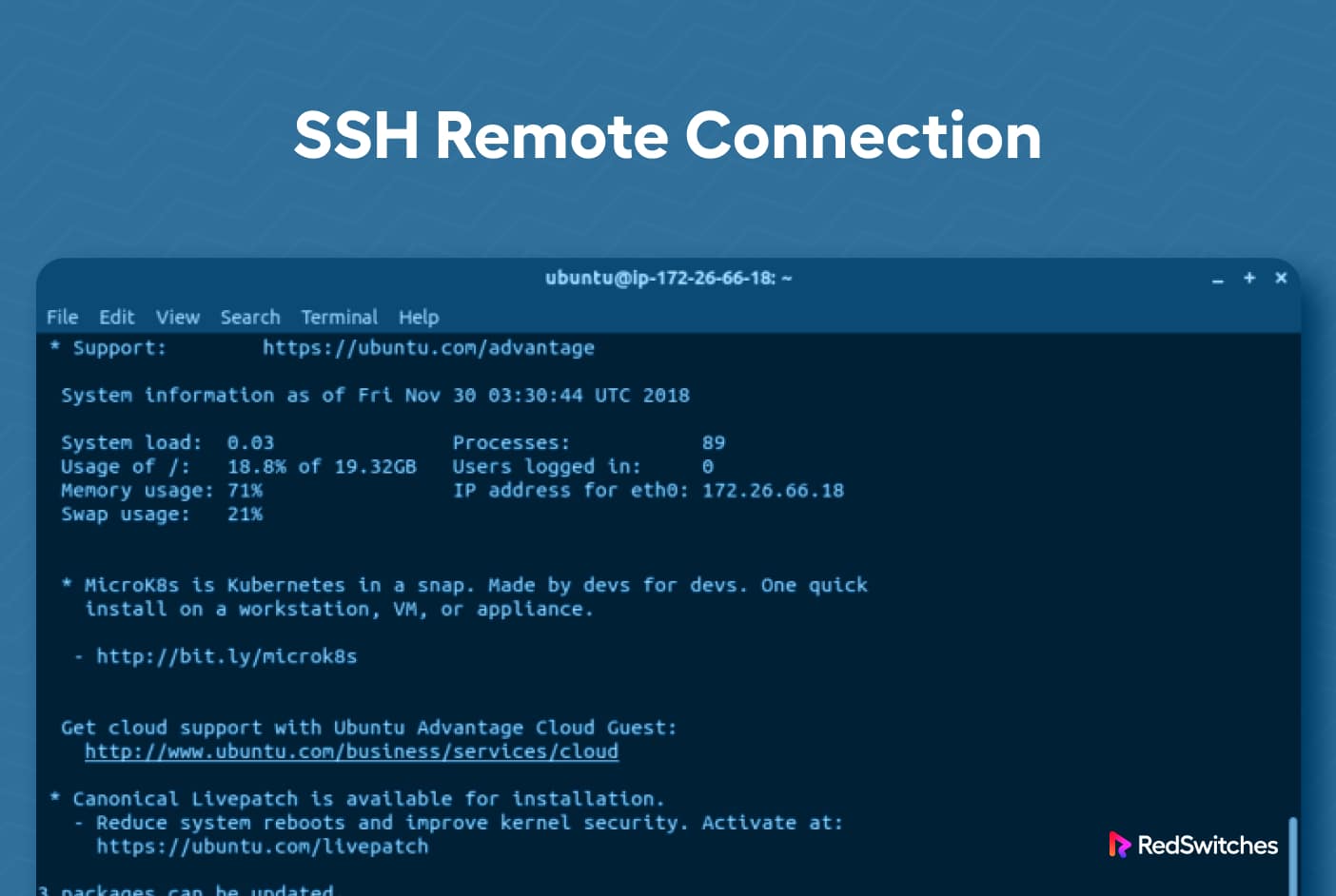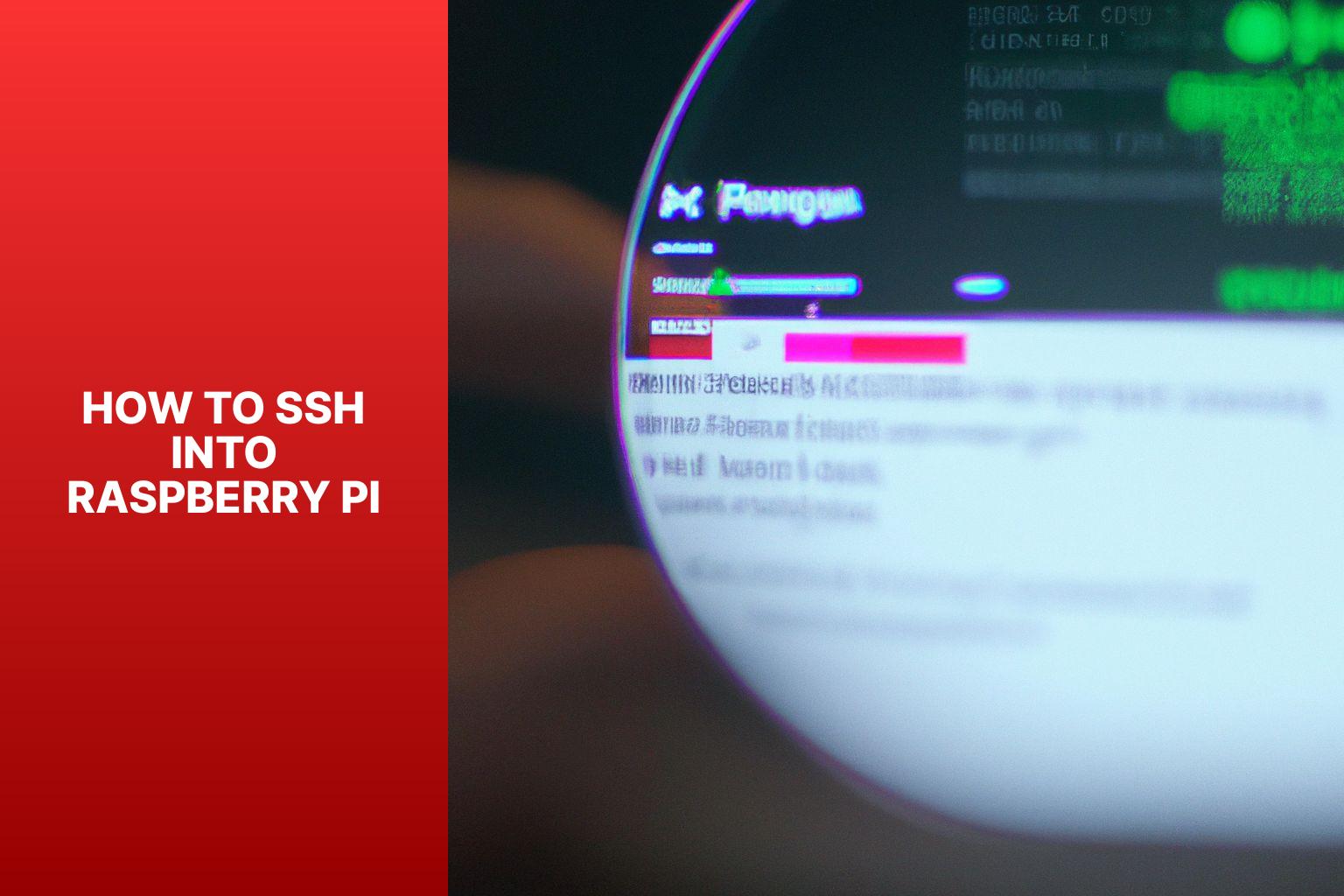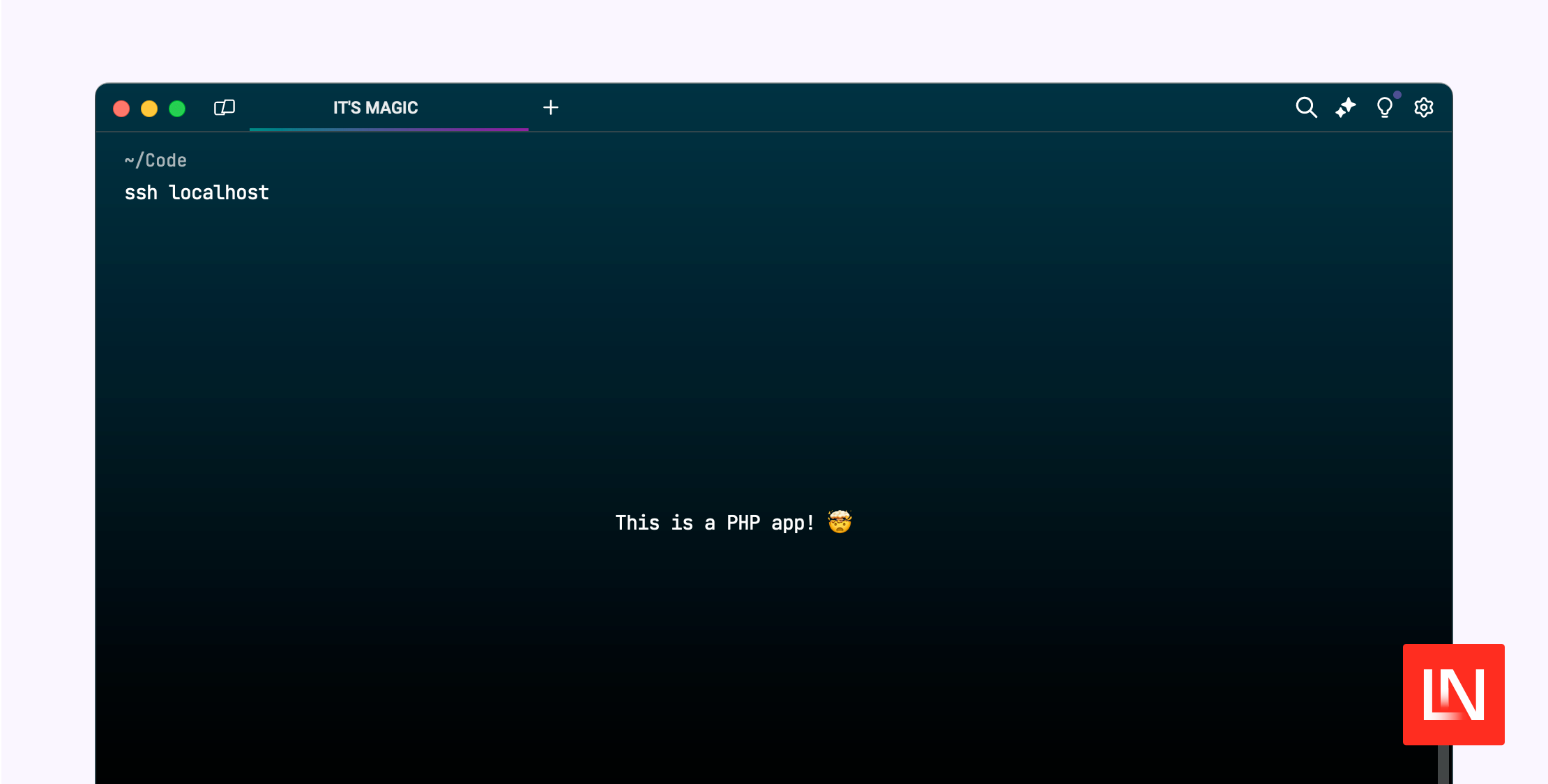Securely Connecting Remote IoT: P2P & VPC Networks Explained
In today's rapidly expanding digital landscape, the proliferation of Internet of Things (IoT) devices has brought unprecedented convenience and innovation. However, this interconnectedness also introduces significant security challenges, making it paramount to securely connect remoteiot p2p devices and networks. As businesses and individuals increasingly rely on remote access to their IoT ecosystems, ensuring robust data protection and privacy becomes a critical concern, safeguarding sensitive information and maintaining operational integrity.
This comprehensive guide delves into the intricate world of secure IoT connectivity, focusing on Peer-to-Peer (P2P) and Virtual Private Cloud (VPC) network solutions. We will explore how these technologies, particularly when combined with platforms like RemoteIoT and secure protocols like SSH, offer powerful frameworks for establishing resilient and protected communication channels for your devices, from Raspberry Pis to industrial sensors. By the end of this guide, you'll possess a clear understanding of how to securely connect remote IoT devices using P2P SSH on various operating systems, along with advanced techniques and practical steps.
Table of Contents
- Understanding the Core: What is RemoteIoT P2P and VPC?
- Why Security is Paramount in Remote IoT Connections
- Securely Connecting IoT Devices in a P2P SSH Environment on Raspberry Pi
- Step-by-Step: Securely Connect Remote IoT P2P SSH Windows 10 Setup
- Expanding Your Reach: Connecting IoT Devices on Ubuntu, Mac, and AWS IoT Instances
- Advanced Security Protocols for Remote IoT VPC AWS Raspberry Pi
- The Future of Connected Devices: Benefits of a Secure P2P IoT Network
- Conclusion: Empowering Your Secure IoT Journey
Understanding the Core: What is RemoteIoT P2P and VPC?
Before diving into the "how-to," it's crucial to grasp the foundational concepts of RemoteIoT P2P and VPC networks. These two technologies, often working in tandem, form the backbone of a secure and efficient remote IoT infrastructure. When we talk about how to securely and directly connect Raspberry Pi with RemoteIoT P2P and VPC networks, we're discussing a sophisticated approach to network design that prioritizes both accessibility and isolation.
The Power of P2P Direct Communication
Peer-to-Peer (P2P) communication, in the context of IoT, refers to a direct connection established between two or more devices without the need for an intermediary server. This directness offers several advantages, including reduced latency, improved efficiency, and enhanced privacy, as data doesn't traverse through third-party servers. RemoteIoT offers a robust platform for securely connecting devices via P2P SSH, ensuring your data remains safe while enabling seamless remote access. This direct communication infrastructure is fundamental to achieving a truly responsive and secure IoT ecosystem. It bypasses many of the traditional bottlenecks and potential points of failure associated with centralized server architectures, making it ideal for real-time applications and critical infrastructure monitoring.
The core benefit here is the ability to create a direct tunnel between your control device (e.g., your laptop) and your remote IoT device (e.g., a Raspberry Pi), as if they were on the same local network. This is particularly powerful for scenarios where devices are behind NATs (Network Address Translators) or firewalls, which often complicate traditional remote access methods. The P2P approach cuts through these complexities, simplifying the setup and making it accessible for users with varying levels of technical expertise. This directness is a key component of how to securely and directly connect Raspberry Pi with remoteiot p2p and vpc networks.
VPC: Your Isolated Network Sanctuary
A Virtual Private Cloud (VPC) network, on the other hand, provides a logically isolated section of a cloud environment where you can launch resources in a virtual network that you define. In the context of RemoteIoT, a VPC creates an isolated network environment based on P2P direct communication infrastructure. This means you get the benefits of direct P2P connections within a securely isolated network space. Benefits of P2P Virtual Private Cloud securely isolated RemoteIoT VPC creates an isolated network environment based on P2P direct communication infrastructure. This isolation is crucial for security, as it prevents unauthorized access and limits the blast radius of any potential security breaches. With RemoteIoT VPC, you can securely and directly connect Raspberry Pi and IoT devices from anywhere, just as if they were on a local private network.
- Jackson Dean Country Singer Wife
- Kathryn Mae Wiki
- How Much Is Courteney Cox Worth
- Chris Kempczinski Salary
- Sondra Blust Only Fans Free
Think of a VPC as your own private, secure segment within a larger network, custom-tailored to your specific IoT needs. Within this isolated environment, your devices can communicate with each other and with your control station securely, without being exposed to the broader internet. This layered security, combining the directness of P2P with the isolation of a VPC, provides an exceptionally strong defense against cyber threats. It's not just about connecting; it's about connecting with confidence, knowing that your data and devices are shielded within their dedicated, private space.
Why Security is Paramount in Remote IoT Connections
The rapid growth of Internet of Things (IoT) devices has undeniably transformed industries and daily lives, offering unparalleled convenience and efficiency. However, this interconnected world also presents a vast attack surface for malicious actors. Ensuring secure communication between devices is paramount to safeguarding sensitive data and maintaining privacy. Without robust security measures, IoT devices can become entry points for data breaches, unauthorized access, and even physical harm in critical infrastructure scenarios. The consequences of insecure IoT connections can range from financial losses and reputational damage to compromised personal safety and national security. This is precisely why the ability to securely connect remoteiot p2p devices is not just a feature, but a fundamental requirement.
Traditional network security models often struggle to cope with the sheer volume and diversity of IoT devices, many of which have limited processing power or memory, making advanced encryption challenging. Furthermore, the distributed nature of IoT deployments means devices are often deployed in unsecure
- Chris Kempczinski Salary
- Golato Live
- Elad Gil Nationality
- Jonathan Roumie Couple
- Melanie Griffith Young

Securely Connect Remoteiot P2p Ssh

Securely Connect Remoteiot P2p Ssh Raspberry Pi

Securely Connect Remote IoT P2P SSH: The Ultimate Guide